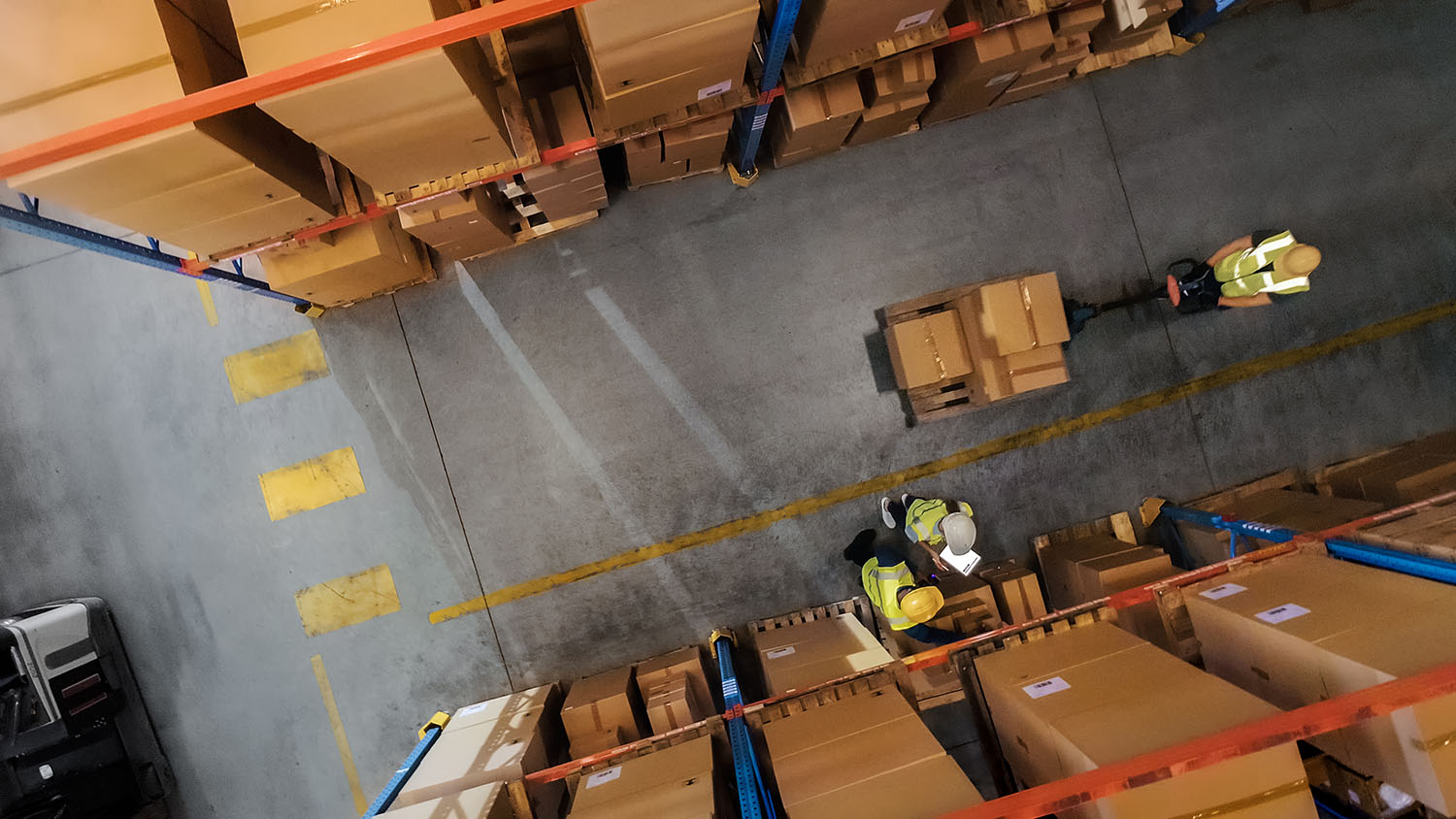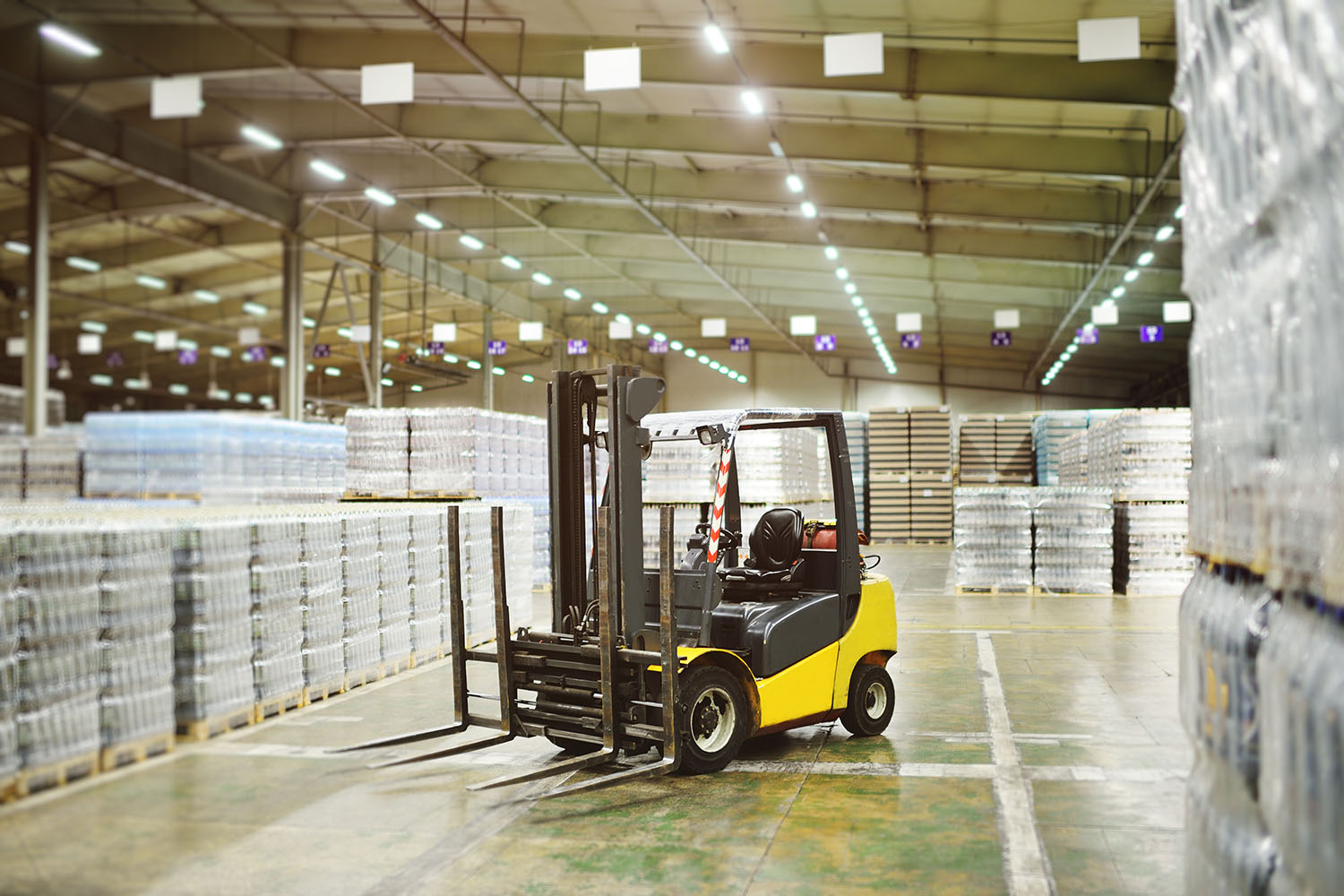The physical movement of goods is a critical component in any supply chain. With a complex network of shipments and fleets that are moving across the country, each with their own schedules, requirements and variables, it’s crucial for businesses to properly manage their entire transportation system.
Regardless of whether you manage your own fleet or rely on third party providers, you can simplify and optimize your operations with a transport management system (TMS). To stay competitive, businesses that have been managing their transportation with the help of spreadsheets and phone calls need to make the switch to automated, interconnected technology.
If you’re unsure of what features you need in a transportation management system and which ones you can live without, here’s five of the most essential functions for your business:
Real-time Fleet Tracking
By knowing where and how your fleet is being utilized, you can effectively optimize your assets and maintain accurate and efficient shipment times. Relying on manual scheduling and updates can cause delays in communication and timeframes, not to mention hamper notifications for events on the road.
Your TMS should provide track and trace capabilities so that you can see in real time where your orders are as they move through the network. Not only does this feature provide automatic visibility, it simplifies communication and reporting processes for your entire organization.
It will enable information exchange among key parties in the supply, such as carriers, warehouses, and customers. Advanced capabilities will also have the functionality to handle complex international logistics, including producing proper papers and customizable documentation.
Route Management
The organization, speed and accuracy of orders arriving to your customers is key to a profitable business. Some TMS’ have perfected the planning of core transportation functions, but they struggle to deliver adequate routing. The best systems will provide route management to help you optimize your distribution operations outside the walls of your warehouse.
Route management relies on algorithms to instantly calculate the best routes, planning around things like delivery time windows, vehicle capacity, and driver work hours. Dynamic rerouting will take into account multiple stops on the route and other variables that happen along the way.
The high costs involved in shipping and distribution mean that the efficient performance of your fleet has a huge impact on your bottom line. Ensuring drivers take the shortest, fastest route benefits both you and your customers.
Rate Shopping
Warehouses that don’t manage their own delivery fleet rely on third party couriers. While this removes the expense and hassle, it can leave warehouses at the mercy of outside providers. That’s why one of the most important warehouse management tools is Rate Shopping.
Rate engines allow you to automatically calculate the best rates from a range of providers so you can select the cheapest and most efficient option. Your system will integrate with multiple carriers so you have the greatest selection to find the best shipping prices, helping to reduce costs in the warehouse and pass these savings onto your customers.
This tool is particularly beneficial for 3PL and ecommerce warehouses, which process a wide range of orders with variable weights, dimensions or destinations.
Integrations
It’s impossible to improve efficiencies in the supply chain if you’re working with information silos. Without automated communication between systems and full visibility across your operations, your fleet and shipment schedules will easily falter.
The best TMS’s will have comprehensive integration capabilities, so you can easily integrate with shipping couriers, shopping carts, marketplaces, and management systems. With system integrations, you can give your team and customers end-to-end visibility across operations, from order processing to delivery.
The best way to streamline both your operations and operating systems is to find an integrated TMS and WMS. Your comprehensive warehouse management tool not only provides visibility and control, they make data tracking and analytics much more straightforward across your entire operations.
Reporting
A fully-integrated warehouse and transportation system gives you a single point of visibility and control. Through your system dashboard, you will be able to access powerful reporting tools that can help you make better business decisions, from your warehouse floor to the utilization of your fleet.
Using real-time analytics and reporting tools will give managers the ability to track performance based on things like product, route, or carrier, and use this information to make improvements. Reporting data can show you if a carrier is underperforming, which customers bring the largest volume, or if drivers are encountering regular issues on certain routes.
Having this information at your fingertips means you can improve operational workflows, tighten spendings, and save valuable time end-to-end.
Are you looking for a TMS and warehouse management tool that has all the essential features you need? Organize a free demo of Da Vinci today to see how it will work for you.



